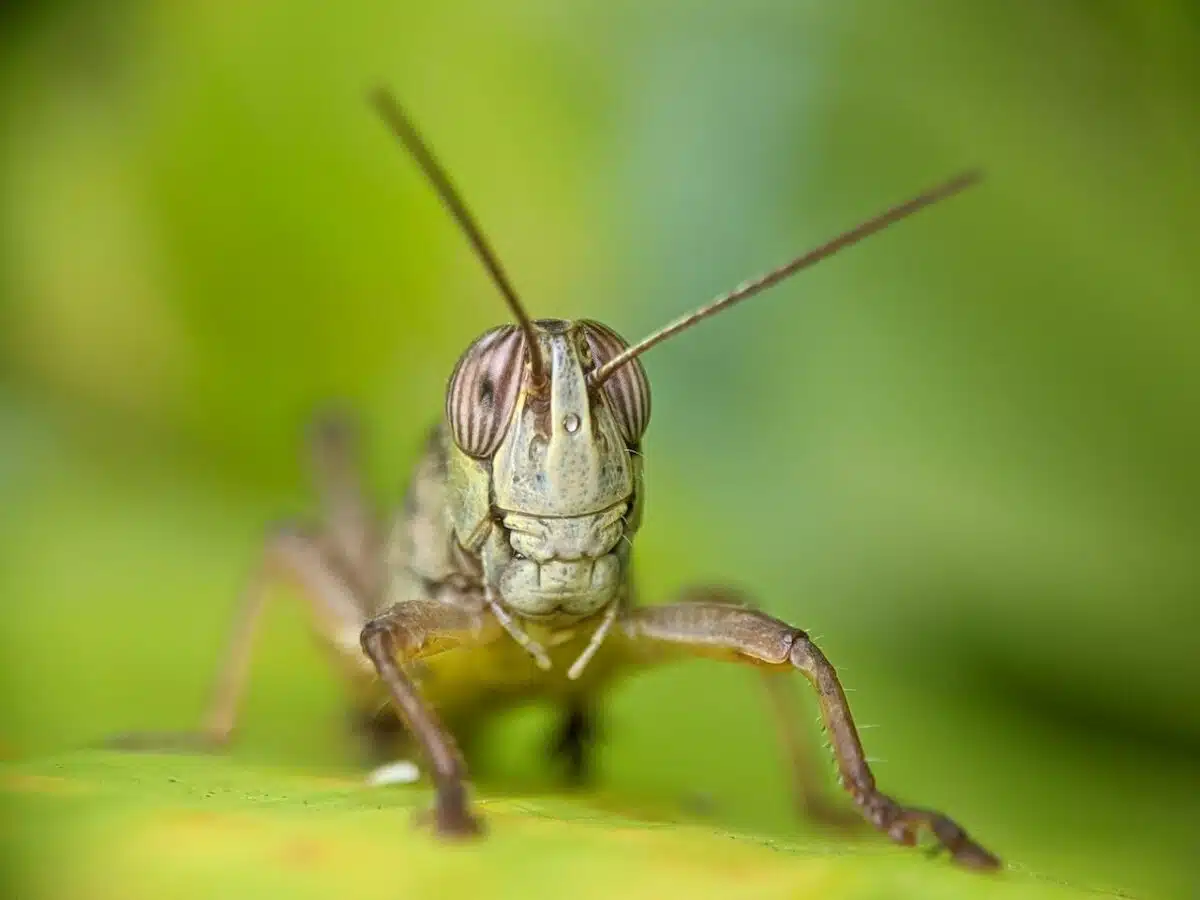When we think about insects, our minds often conjure images of small, seemingly simple creatures. However, the world of insects is a treasure trove of astonishing adaptations and peculiarities. Among these, locusts stand out not just for their swarming behavior but for a truly unexpected feature – they have ears on their knees. Yes, you read that right – knee-ears! In this exploration, we’ll delve into the intriguing world of locusts, uncovering the secrets of their unique anatomy, how they create sounds, and the surprising role their knee-ears play in their survival.
Background Information on Locusts
Locusts, belonging to the family Acrididae, are a type of grasshopper that undergoes a remarkable transformation under certain conditions. While solitary grasshoppers lead a relatively solitary existence, locusts are known for their ability to form swarms, capable of causing widespread devastation to crops. This transformation, known as phase polyphenism, is triggered by environmental cues such as crowding and changes in vegetation. When conditions are favorable, locusts transition from a solitary, relatively harmless form into a gregarious, swarming phase, capable of traveling vast distances.
Anatomy of Locusts
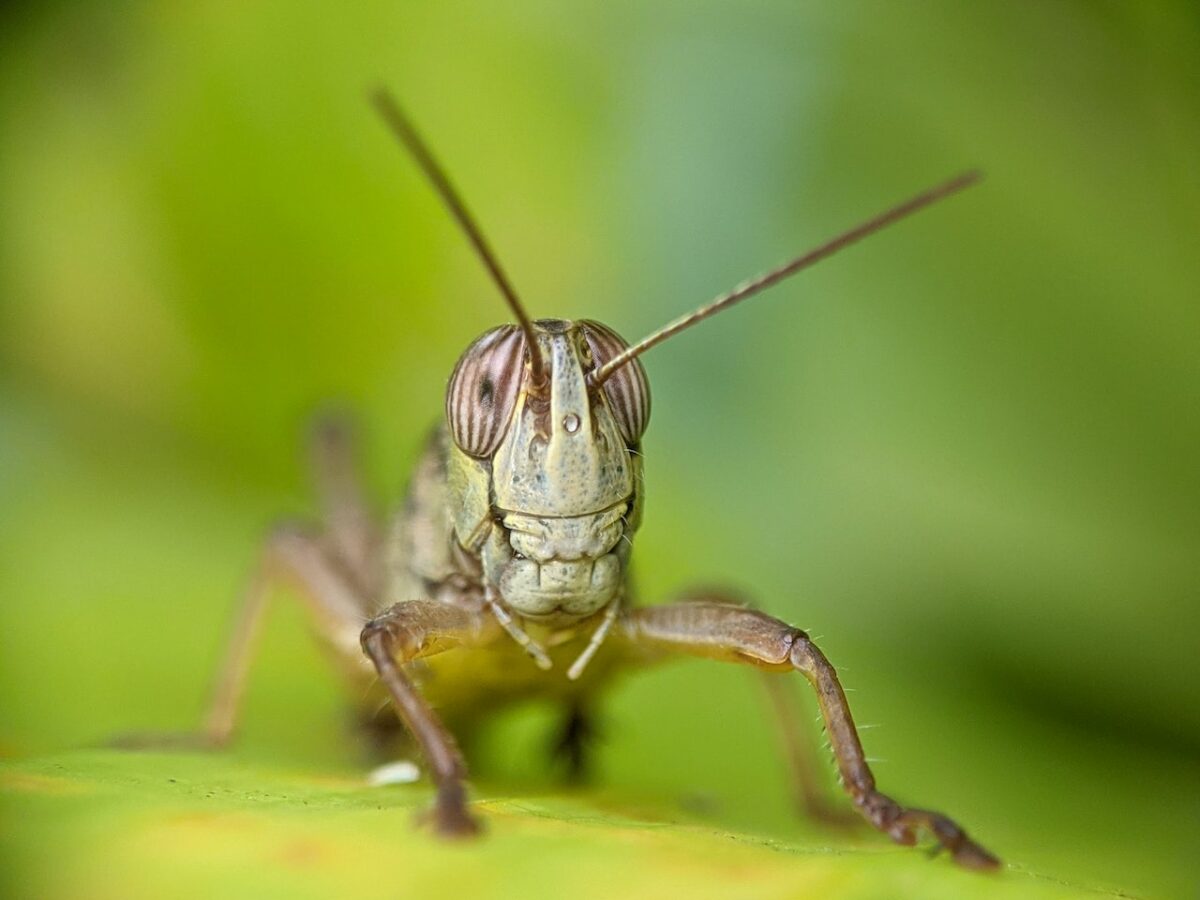
To understand the phenomenon of knee-ears, let’s take a closer look at the anatomy of these intriguing insects. Locusts have a well-defined body consisting of three segments: the head, thorax, and abdomen. Their six jointed legs are crucial for hopping and navigating their surroundings. What sets locusts apart is their pair of hind legs, which are highly developed for jumping. These legs, equipped with powerful muscles, allow locusts to cover impressive distances in a single leap.
How They Create Sound
Communication is crucial for locusts, especially during their gregarious phase when they form swarms that can number in the millions. While visual cues play a role in their interactions, sound is equally vital. Locusts produce sounds by rubbing certain body parts together, a process known as stridulation. The primary structures involved in this are the wings and the hind legs. As the wings or legs are moved, they rub against each other, creating vibrations that generate distinctive sounds. These sounds serve various purposes, from attracting mates to establishing territory and coordinating movements within the swarm.
Grasshoppers, Crickets, and Locusts: Knee-Ears Connection
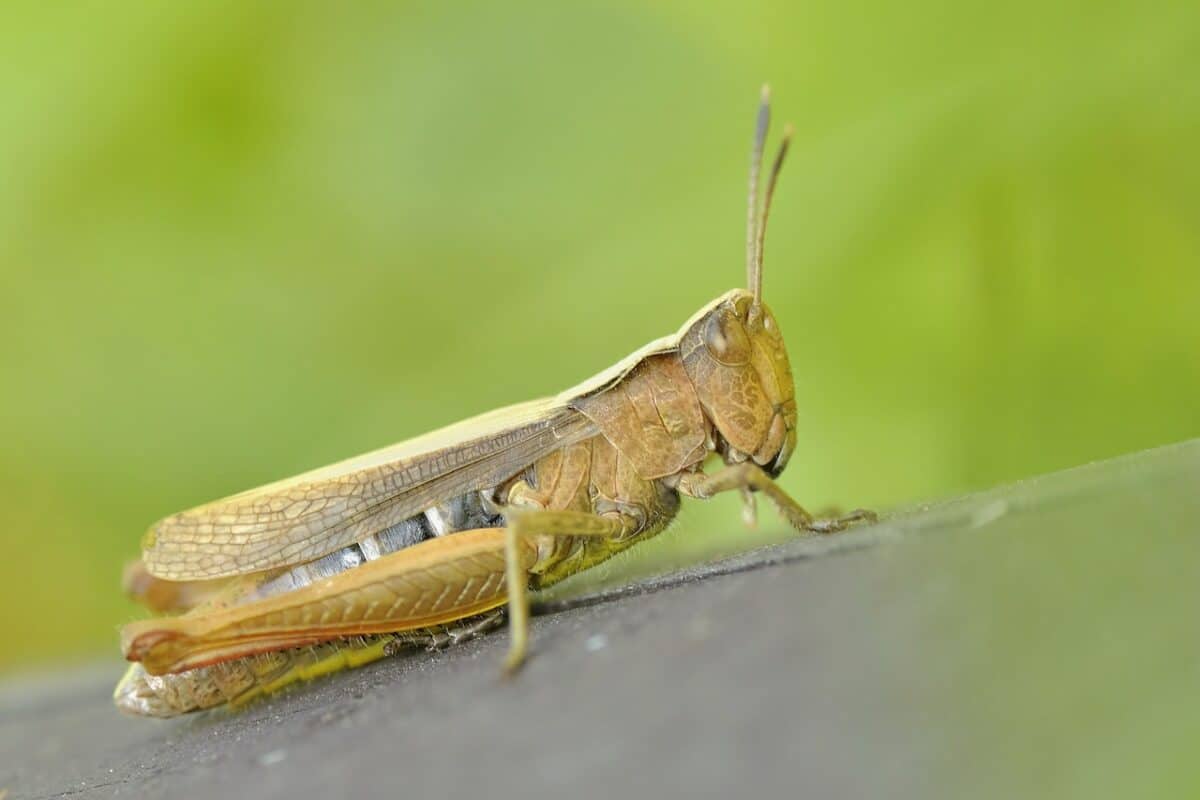
In the world of orthopteran insects, which includes grasshoppers, crickets, and locusts, a common but astonishing feature unites them – knee-ears. These minuscule auditory organs, measuring just a fraction of a millimeter in size, are tucked away on the insects’ knees. Grasshoppers, crickets, and locusts all share this extraordinary adaptation, showcasing nature’s ingenuity in providing creatures with the tools they need to thrive in their environments.
Unveiling the Mystery of Knee-Ears
The knee-ears of grasshoppers, crickets, and locusts play a crucial role in their survival. These tiny ears are sensitive to the vibrations produced during stridulation, allowing the insects to “hear” the sounds they generate. While human ears are vastly different in structure and function, the principle of detecting vibrations remains consistent. The knee-ears serve as an essential sensory tool, helping these insects navigate their surroundings, communicate with each other, and detect potential threats or opportunities.
The Adaptive Advantage of Knee-Ears
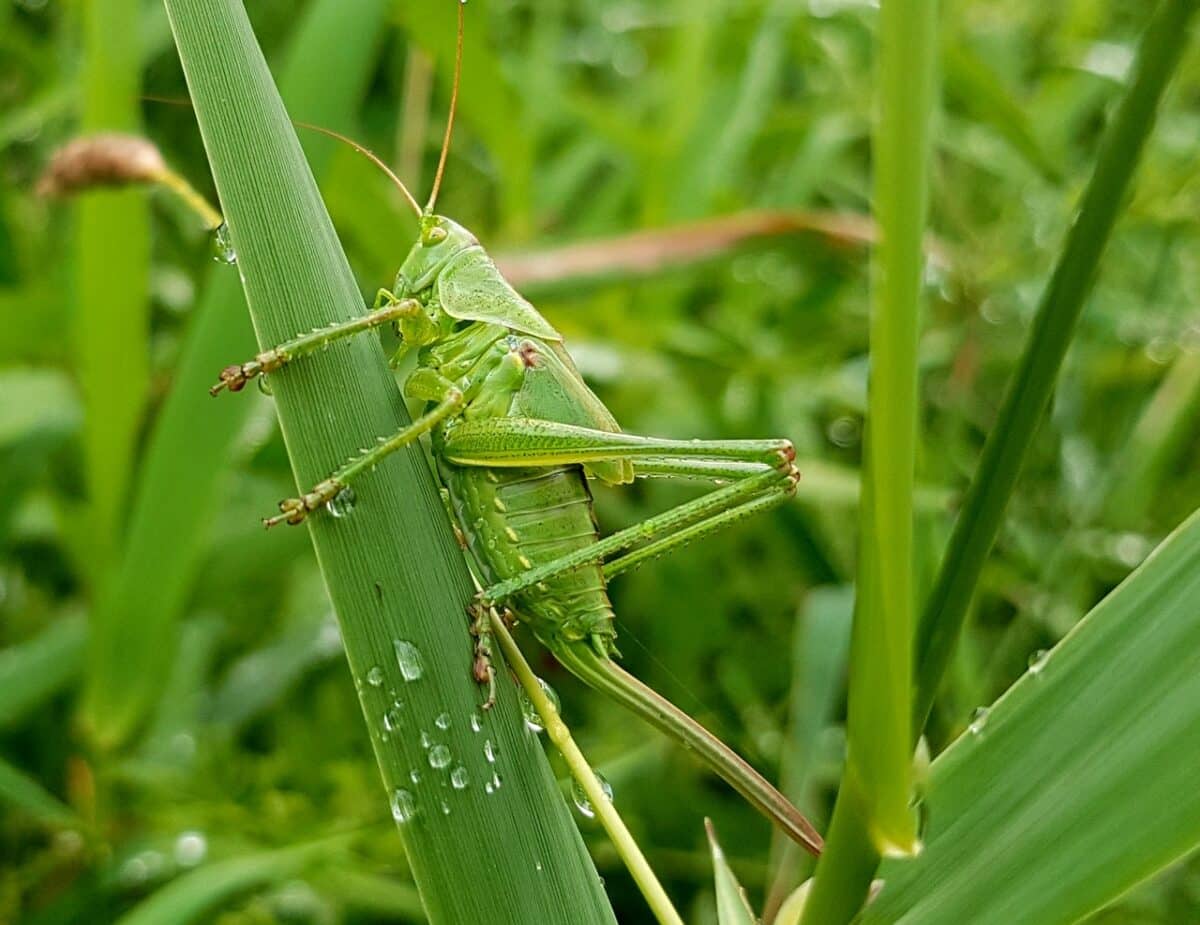
The evolutionary advantage of knee-ears becomes evident when we consider the environments in which these insects thrive. Dense vegetation, where visual cues may be limited, becomes a soundscape rich with information. By evolving knee-ears, locusts, grasshoppers, and crickets have gained a competitive edge in their ability to communicate and perceive their surroundings. This adaptation highlights the incredible diversity of solutions that nature has devised for different species to overcome the challenges of their habitats.
The Astonishing Sensitivity of Knee-Ears
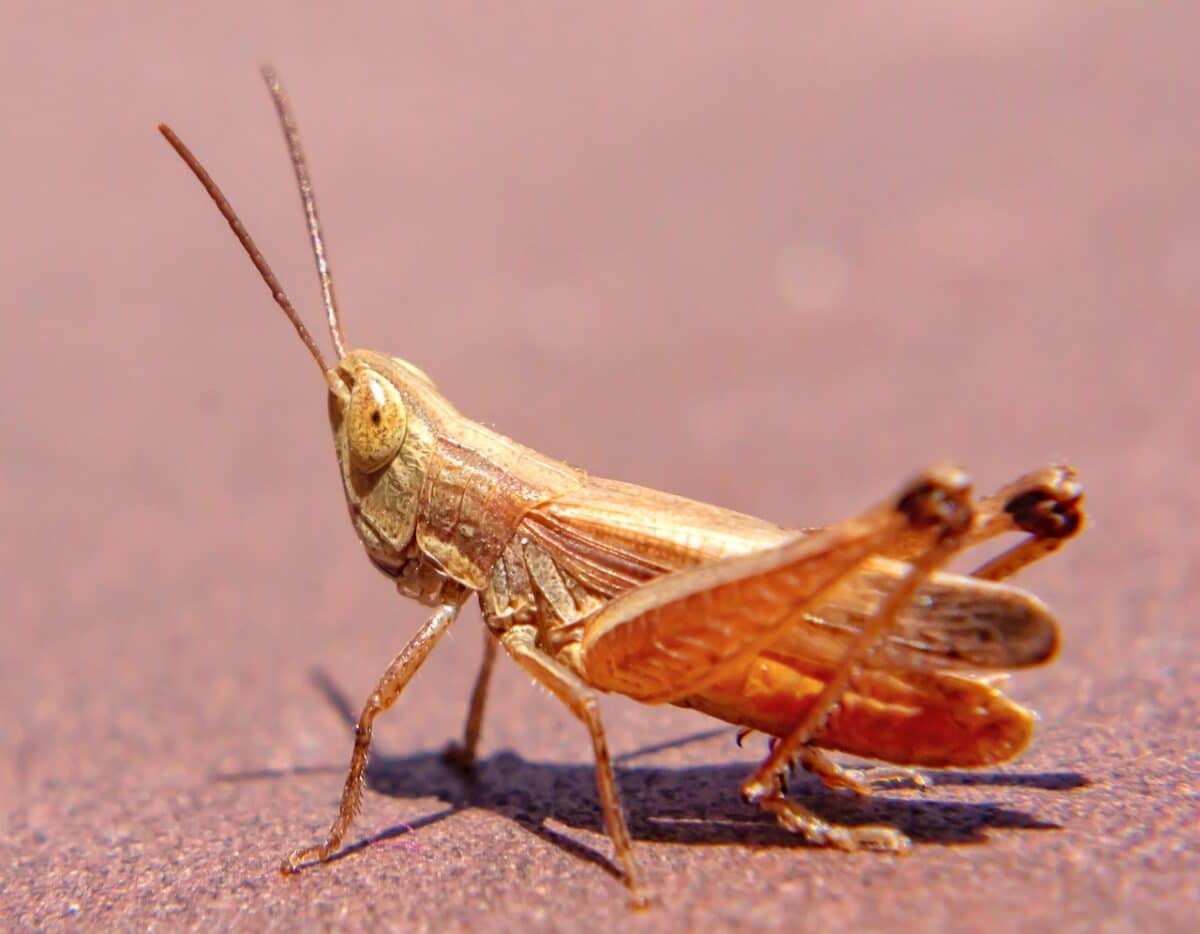
While knee-ears are tiny, their sensitivity is astonishing. These microscopic structures are finely tuned to detect specific frequencies of sound, allowing the insects to distinguish between different signals in their acoustic environment. The ability to discern subtle variations in sound is crucial for these insects, enabling them to communicate effectively, locate potential mates, and coordinate collective behaviors within swarms.
Wrapping Up with Fascinating Secret of Locust’s Knee-Ears
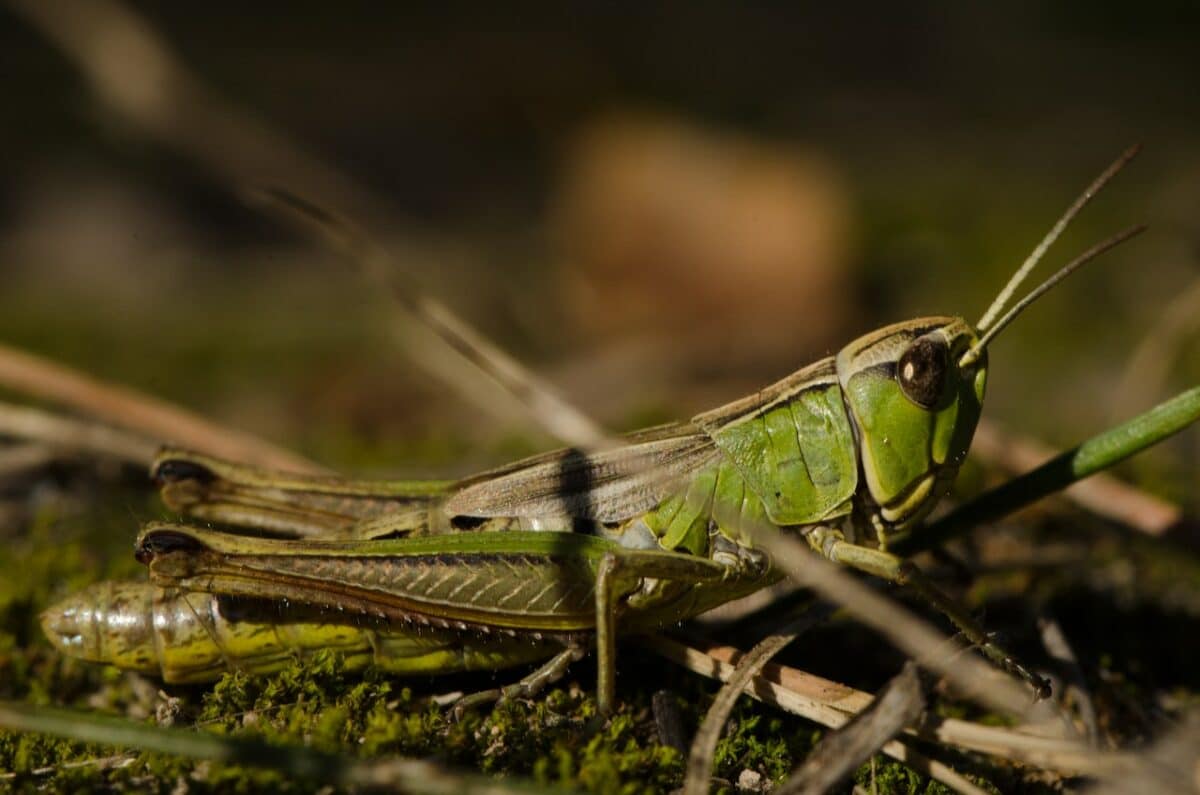
In the realm of insects, the locust stands out not only for its infamous swarming behavior but for the remarkable secret hidden in its anatomy – knee-ears. Evidently, these tiny auditory organs, shared with grasshoppers and crickets, showcase nature’s innovative solutions for survival in diverse environments. Furthermore, as we unravel the mysteries of locusts’ knee-ears, we gain insights into the intricate adaptations that enable these insects to thrive and survive in their dynamic ecosystems. The next time you hear the distinctive sounds of a locust swarm, remember the incredible world of knee-ears that allows these creatures to communicate, cooperate, and conquer challenges in their relentless journey across landscapes.
Thank you for following along with this article –
Next up in the animal kingdom:
Join our Forum for free today!

- Beachgoers Save Massive Shark Stranded In Florida - July 22, 2024
- Pit Bull Rescued From Being Chained Its Whole Life Gets A Surprise - July 21, 2024
- Dog With Zoomies Takes Flight Into Barley Field - July 21, 2024

